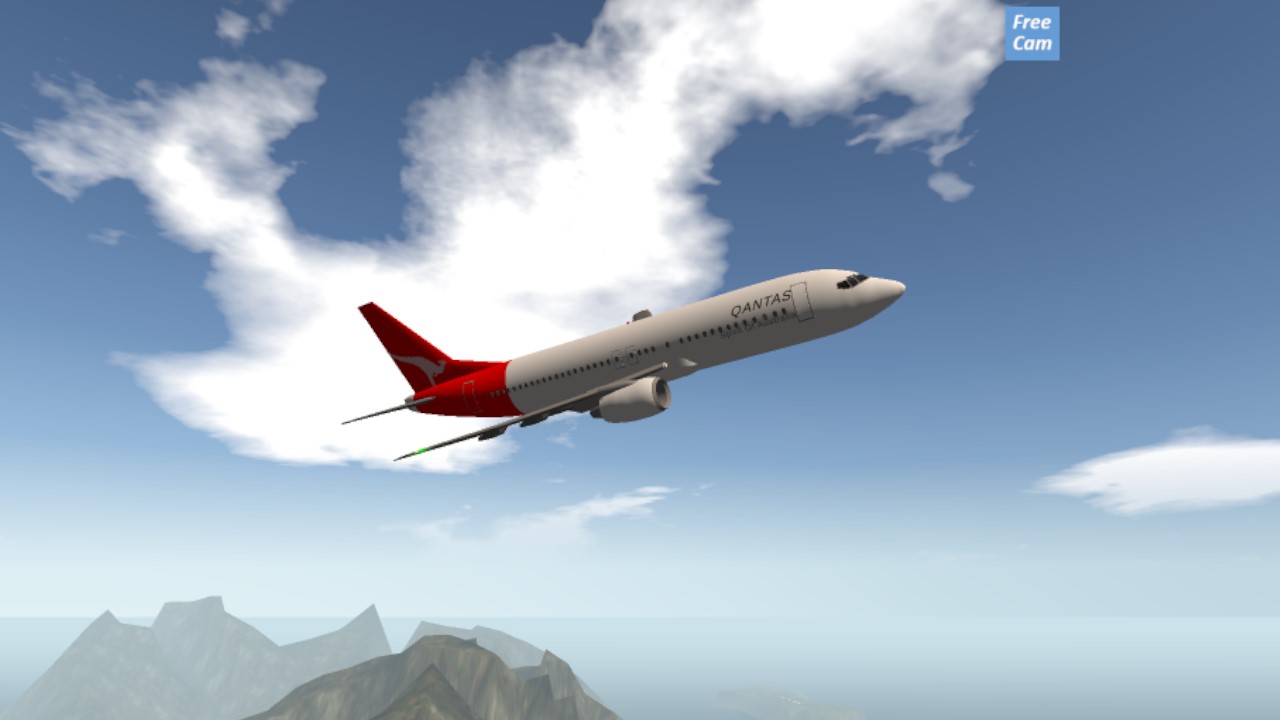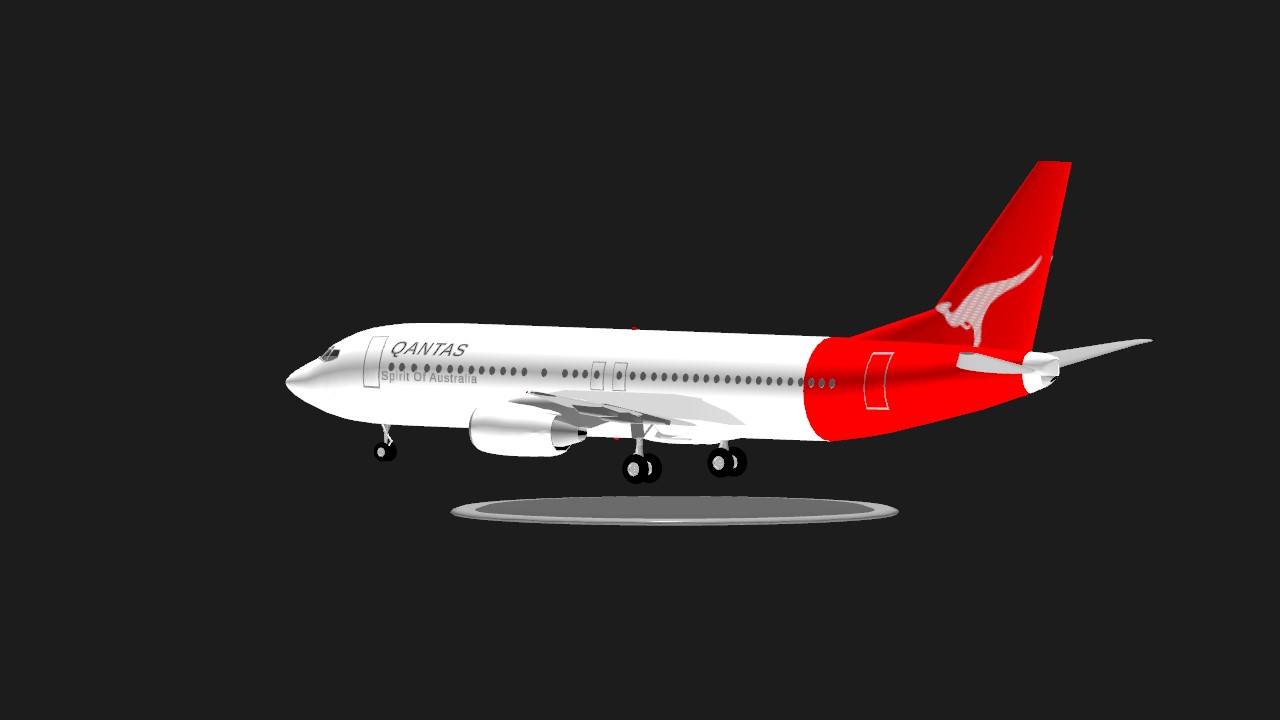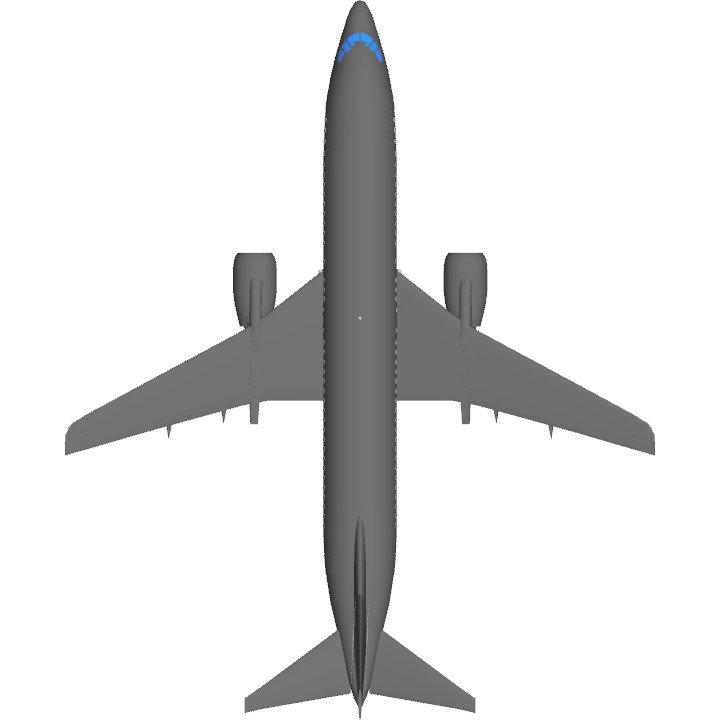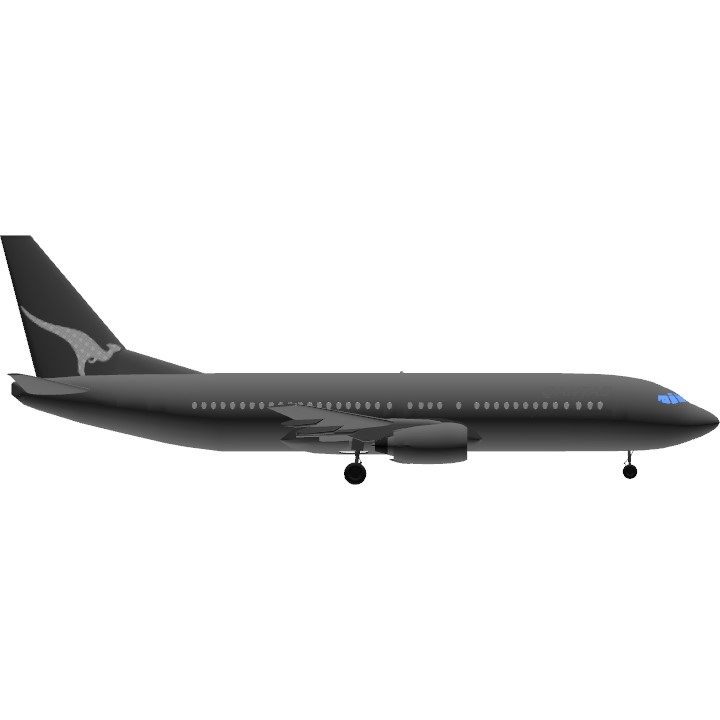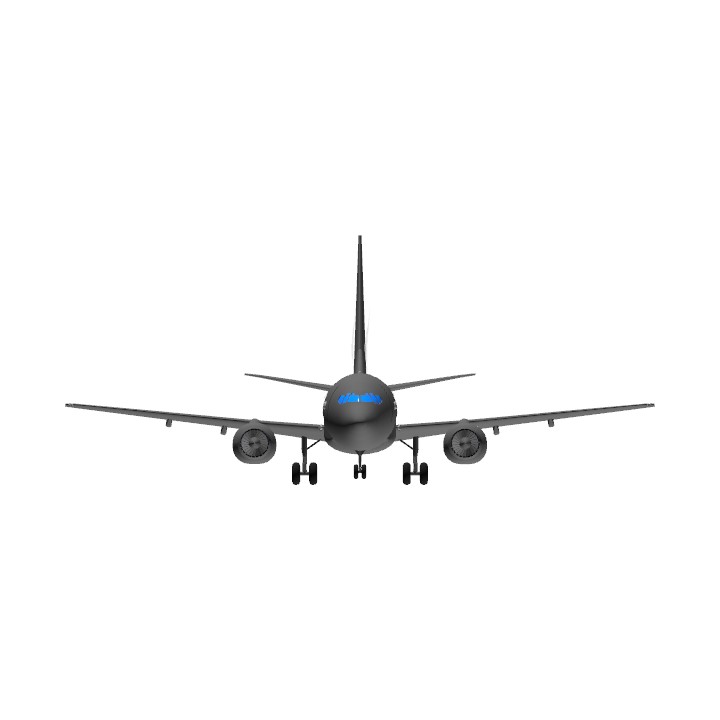Now, That's An Interesting Question, What If The 737-400 Was The Only Variant available?
Actual Sample

About The 737C
The Boeing 737 Classic is a series of narrow-body airliners produced by Boeing Commercial Airplanes, the second generation of the Boeing 737 series of aircraft. Development began in 1979 and the first variant, the 737-300, first flew in February 1984 and entered service that December. The stretched 737-400 first flew in February 1988 and entered service later that year. The shortest variant, the 737-500, first flew in June 1989 and entered service in 1990.
Compared to the original series, the classic series was re-engined with the CFM56, a high-bypass turbofan, for better fuel economy and had upgraded avionics. With a 133,500–150,000 lb (60.6–68.0 t) MTOW, it has a range of 2,060 to 2,375 nautical miles [nmi] (3,815 to 4,398 km; 2,371 to 2,733 mi). At 102 feet (31 m) the -500 is similar in length to the original 737-200 and can fly 110 to 132 passengers. The 110-foot-long (34 m) -300 can seat 126 to 149 passengers while the 120-foot-long (37 m) -400 accommodates 147 to 168 seats.
It competed with the McDonnell Douglas MD-80 series, then with the Airbus A320 family which prompted Boeing to update its offer with the 737 Next Generation, thus designating the -300/400/500 variants as the 737 Classic. In total, 1,988 aircraft were delivered from 1984 until production ended in the year 2000: 1,113 -300s, 486 -400s and 389 -500s.
Controls
AG1: Spoliers
AG2: Reverse Thrust
Specifications
General Characteristics
- Predecessor BOEING B737-400
- Created On Windows
- Wingspan 98.8ft (30.1m)
- Length 120.6ft (36.8m)
- Height 41.8ft (12.7m)
- Empty Weight N/A
- Loaded Weight 69,459lbs (31,506kg)
Performance
- Power/Weight Ratio 0.388
- Horse Power/Weight Ratio 0.043
- Wing Loading 26.3lbs/ft2 (128.4kg/m2)
- Wing Area 2,641.1ft2 (245.4m2)
- Drag Points 9782
Parts
- Number of Parts 464
- Control Surfaces 9
- Performance Cost 2,634

